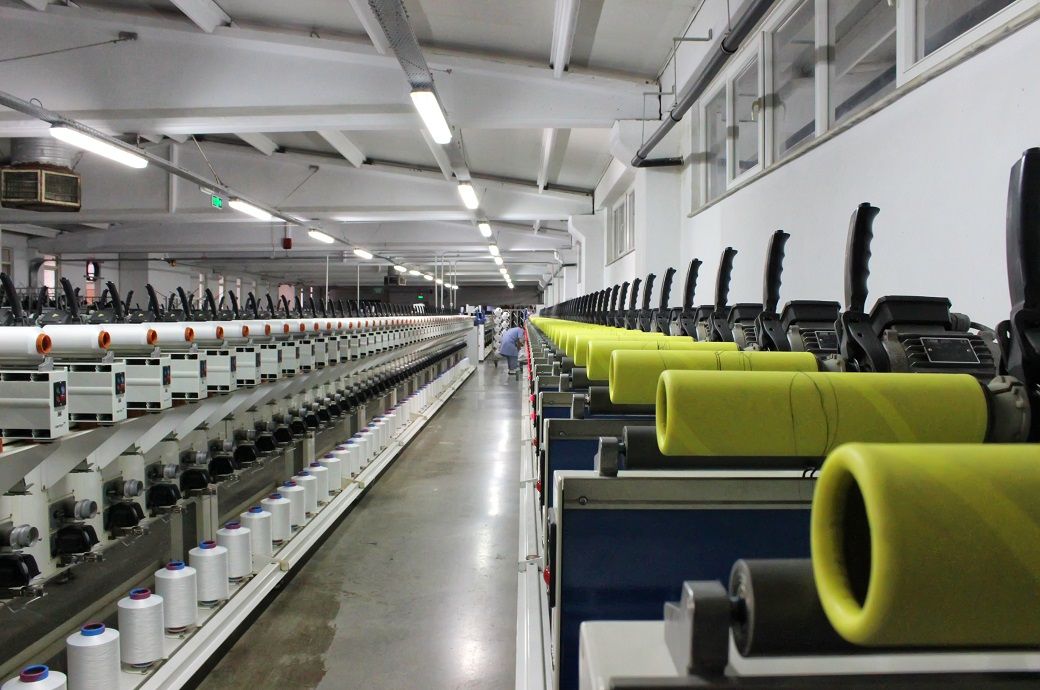
Output contracted for the fourth successive month in June, albeit at a slower pace. Downturns at investment and intermediate goods producers continued, in contrast to mild growth in consumer goods output. There were reports linking lower production to reduced new order intakes and capacity being above current demand requirements.
The outlook for output was also less positive at the end of quarter two. Although 53 per cent of manufacturers still forecast growth over the coming 12 months, the overall degree of optimism dipped to a six-month low, as per S&P Global’s report.
June saw manufacturers face lacklustre demand in both domestic and overseas markets. This led to a decrease in new order intakes for the third successive month, with the rate of contraction accelerating to its fastest since January. There were reports of a general reluctance among clients to commit to new contracts, especially as many remained overstocked.
Weaker demand from markets including the US, mainland China, Europe, and Brazil led to a further decline in new export order intakes. Foreign demand deteriorated for the seventeenth consecutive month and at the quickest pace during the year so far. Subdued market confidence and rising competition were the main factors underlying the latest decline.
The downturns in output and new orders drove a further reassessment of staffing requirements at UK manufacturers. Employment fell for the ninth month in a row, with the rate of reduction the sharpest since March. Job losses also reflected weaker demand, redundancies and cost management initiatives.
Weak demand and improved material availability led to lower backlogs of work and a build-up of stocks of finished goods at warehouses. Inventories of purchases decreased, largely due to a marked reduction in purchasing activity. Lower demand for inputs was also a prime factor underlying a further improvement in vendor lead times.
Average input costs declined for the second month running and to the greatest extent since February 2016. There were reports of weaker demand for inputs, reduced fuel costs, commodity price decreases and improved supply chains all leading to lower costs. That said, the recent easing in cost pressures follows a sustained inflationary period, meaning price levels for many inputs remain elevated overall. Average output prices meanwhile ticked lower for the first time since April 2016.
Fibre2Fashion News Desk (DP)